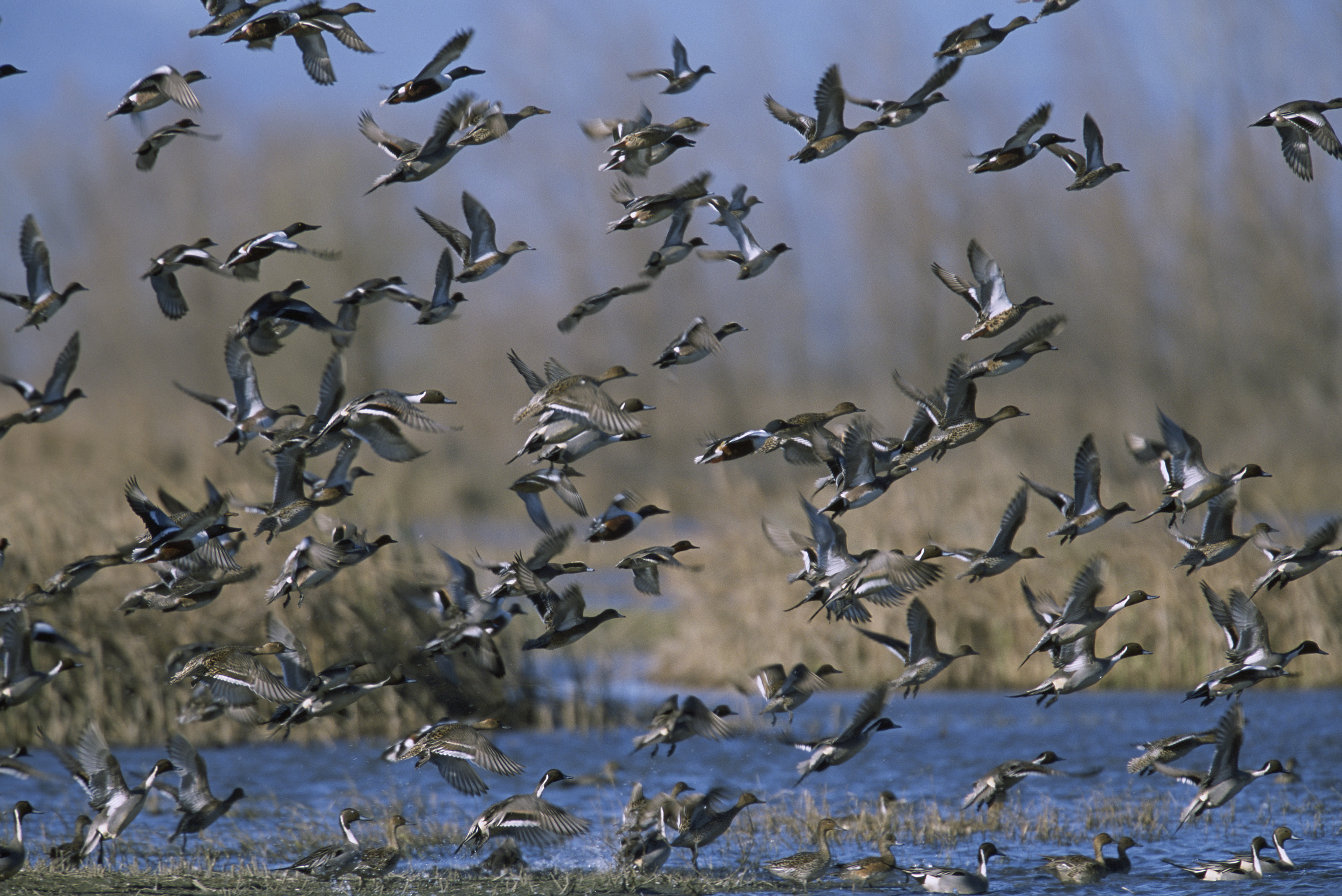Let’s not allow the strongest legislative package of conservation priorities in years to be overshadowed by controversy
Yesterday, for the second time in as many years, the Senate Environment and Public Works Committee voted to advance a package of conservation provisions that have long been a priority for the sportsmen’s community. The legislation would reauthorize programs to benefit fish, waterfowl, wetlands, big game habitat, and sportsmen’s access across the country.
Since 2012, sportsmen have been trying to get these provisions across the legislative finish line, and each time, we’ve failed. Good legislation has been mired in generally unrelated partisanship and political games, with good ideas held hostage by process and bickering.
Where a few years ago sportsmen-advocates in Washington looked to our Sportsmen’s Act lobbying with fairly enthusiastic promise, I will admit that it has been hard to get excited about yet another run in the 115th Congress, especially as the window of opportunity has seemed even narrower than usual. But Environment and Public Works Committee Chairman John Barrasso (R-Wyo.) and Senator Ben Cardin (D-Md.) have assembled the “HELP for Wildlife Act” (S.1514), which has breathed new life into this effort.

We called it the strongest package of sportsmen’s priorities in years, because right from the outset, it deals with meaningful conservation measures for fish and wildlife populations, habitat, and access. The bill would reauthorize the North American Wetlands Conservation Act, the Neotropical Migratory Bird Conservation Act, and the National Fish and Wildlife Foundation, to enable strong partnerships and funding for conservation. The bill also includes what would be the first ever statutory authorization for the National Fish Habitat Conservation Act, a program that funds on-the-ground fish habitat restoration projects across the country.
It also addresses the needs of the Chesapeake Bay Program, which provides grants to the six states in the bay watershed, not only improving water quality on the main-stem Chesapeake (and my own home waters) but also the health of small streams and rivers throughout the watershed.
Free from the controversial and distracting provisions of past iterations, this is a legislative package unfettered by poison pills, and sportsmen should be eager to see it move to the Senate floor. But, in these days of often blistering partisan warfare, it seems nothing is completely free of controversy. In the case of HELP, provisions meant to delist the gray wolf in Wyoming and the Great Lakes from Endangered Species Act protection seems to be overshadowing the very real conservation benefits of the bill.

Just the mention of endangered species usually sends folks running for cover, but in this case, the TRCP supports the gray wolf provision as grounded in sound science. This is an idea whose time has come. Generally we don’t support legislative meddling in species-level management, but the U.S. Fish and Wildlife Service indicates that it is time for wolf management to be returned to the state fish and wildlife agencies, and we have full confidence in USFWS science and the state agencies’ ability to manage the wolf population.
This package is about way more than wolves. Unfortunately, the bipartisan passage of this bill out of the EPW Committee this week—which should be celebrated—is just the start of a long process before the package can be presented to President Trump for his signature. There is currently no companion version of this legislation in the House of Representatives and no clear path for consideration by the full Senate.
So sportsmen simply must engage; hunters and anglers must make their voices heard now. In the absence of that outreach, sportsmen, and our legislative priorities, might once again wind up on the cutting room floor at the end of the 115th Congress next December.
It has happened before, and it can happen again.
The post Why This Sportsmen’s Bill is About More Than Just Wolves appeared first on Theodore Roosevelt Conservation Partnership.
Powered by WPeMatico